.jpg)
As a digital evangelist and votary of everything digital, it took some time for me to realize this. We are building a digital-first world and also rooting for a net-zero world. The duo are seamlessly connected. Activities like building a website and designing software seem like disconnected from the environment but can have major climate consequences. It's easy to overlook the environmental impact of something as intangible as software. However, the carbon footprint of developing and running software is substantial. The IT industry already contributes 1.8-3.9% to global greenhouse gas emissions, a figure that could rise to 14% by 2040. Training a single neural network model, for instance, can emit as much carbon as five cars over their lifetimes. The good thing is that a transformative solution is emerging – Green Coding.
Enter Green Coding: The Eco-Friendly Code Crafters
.jpg)
Green Coding is an innovative approach to software engineering that prioritizes energy-efficient patterns and processes throughout the software delivery lifecycle. It involves optimizing code to minimize energy consumption and resource usage, promoting sustainable development practices, and utilizing low-power hardware or energy-efficient infrastructure.
At its core, Green Coding is about writing smarter, leaner code that delivers the same functionality while reducing the application's environmental footprint. This can be achieved through techniques like implementing efficient algorithms with linear time complexity, utilizing compiled languages like C and C++ instead of energy-intensive interpretive languages, and embracing micro services architecture to minimize resource consumption.
What are the challenges?
One of the significant challenges in green coding is the lack of awareness and poor coding standards. A Salesforce survey found that while 75% of technologists want to reduce software’s environmental impact, half don’t know how to do it. Additionally, convincing management to commit to sustainable software development is another major hurdle. Without top-level buy-in, efforts by technologists often remain unsupported.
The Green Code Revolution in Action
Microsoft, Thoughtworks, Accenture, and GitHub teamed up with the Joint Development Foundation Projects and The Linux Foundation to launch the Green Software Foundation in 2021. This nonprofit focuses on building a community for eco-friendly software development. Separately, Google has set an ambitious target of operating its entire data center on carbon-free energy by 2030, while Amazon Web Services (AWS) aims to power its complete operations with 100% renewable energy by 2025. Salesforce, a pioneer in sustainable software development, has launched its 'Green Code' initiative, providing best practices to help technologists accelerate the world's journey to net zero.
Coding for a leaner, greener planet
.jpg)
The journey to sustainable software development is multifaceted, requiring both structural and cultural changes. Structural changes involve optimizing core processing and IT infrastructure, while cultural changes demand a shift in mindset across the organization. Empowering management and employees, encouraging innovation, and focusing on outcomes are crucial to making green coding a standard practice.
Green coding is not just a trend or a fad that will fade but a necessary shift towards a more sustainable digital future. By embracing energy-efficient coding practices, we can reduce the carbon footprint of our software solutions, making a significant contribution to environmental sustainability. The time to act is now, and every step towards greener coding counts in our collective effort to protect the planet. Let's code for a better future, one line at a time.
This blog was originally published in Priyadarshi Nanu Pany's LinkedIn account.
















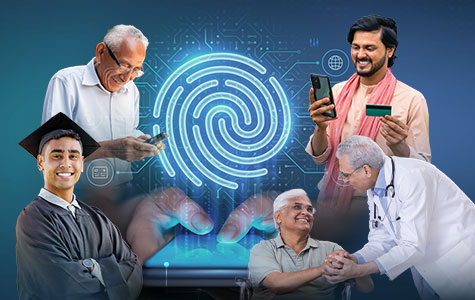
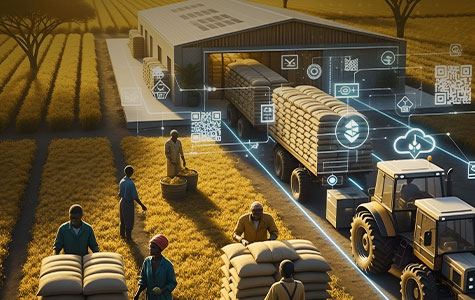



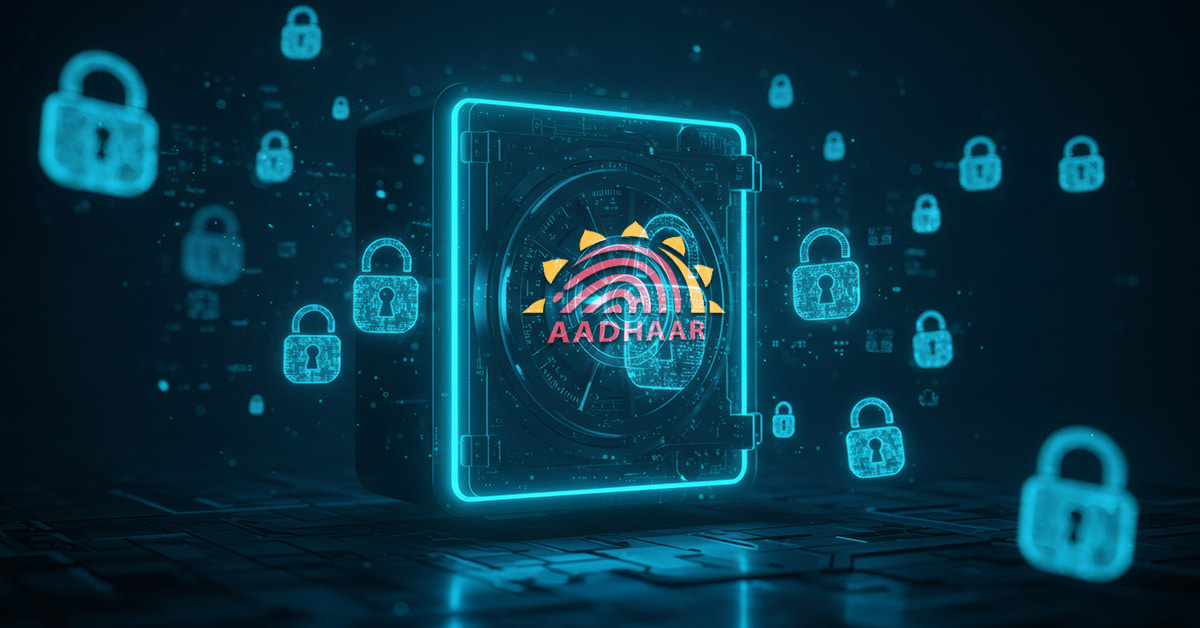
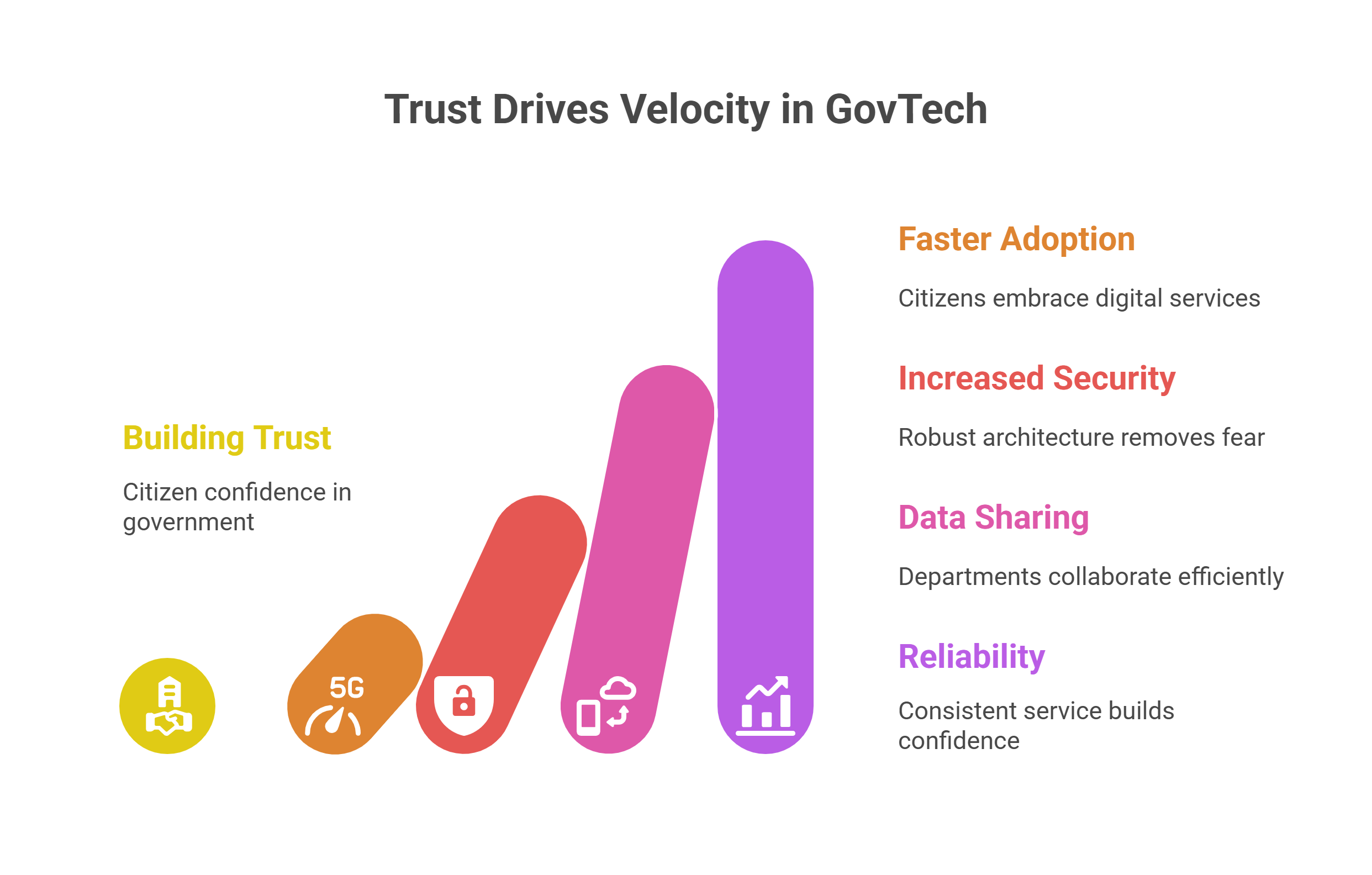
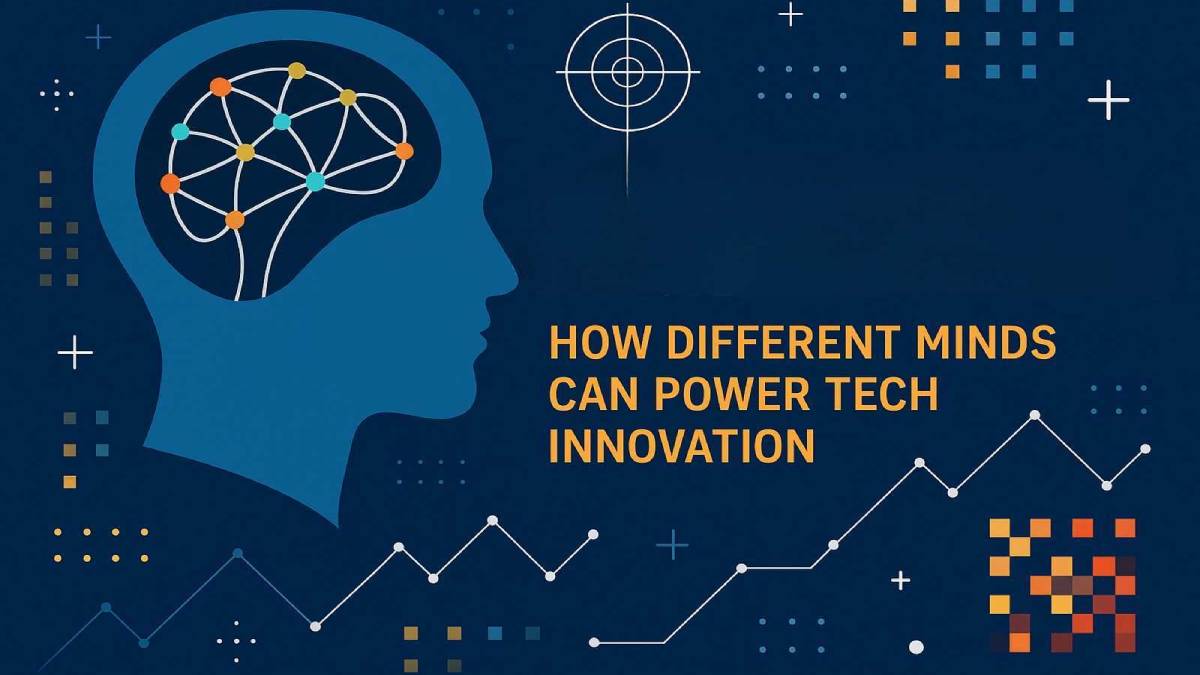

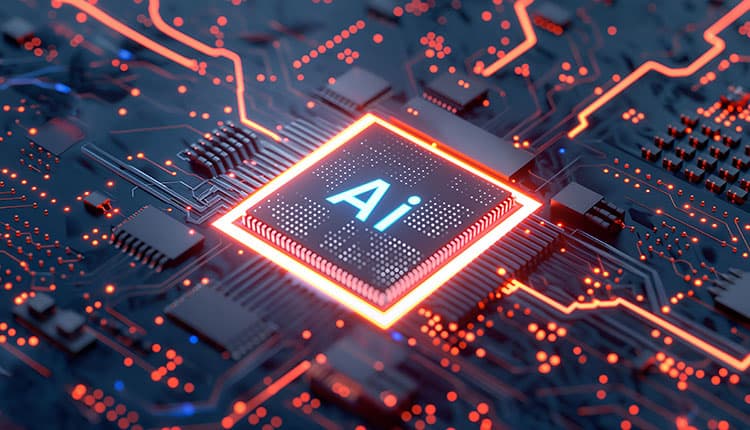
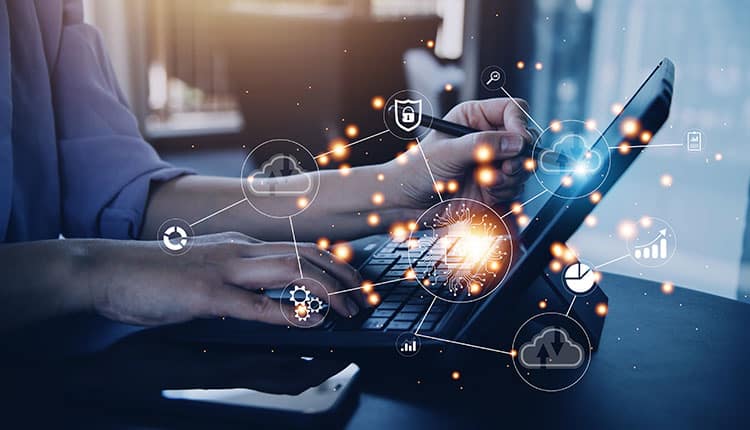
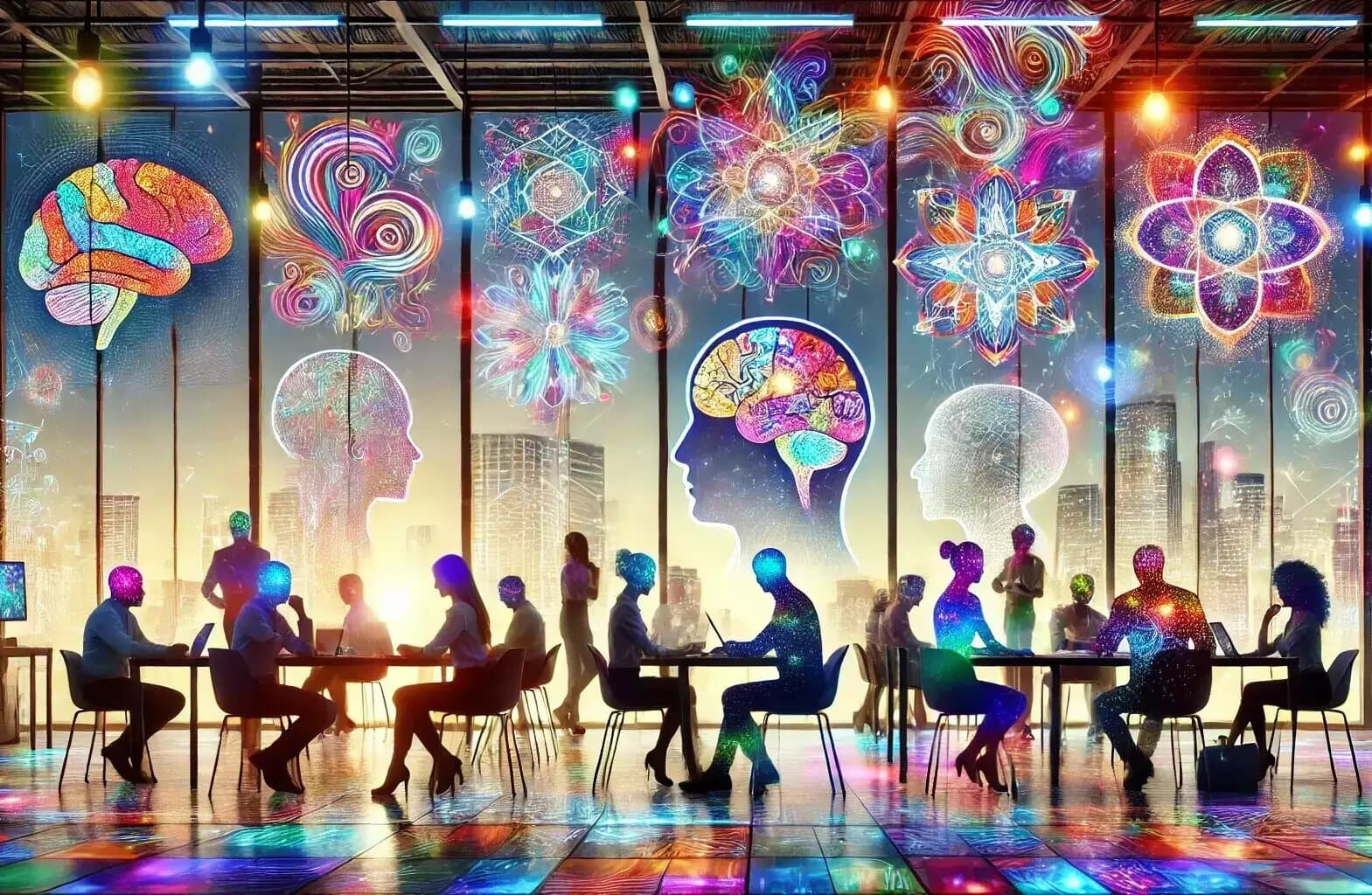
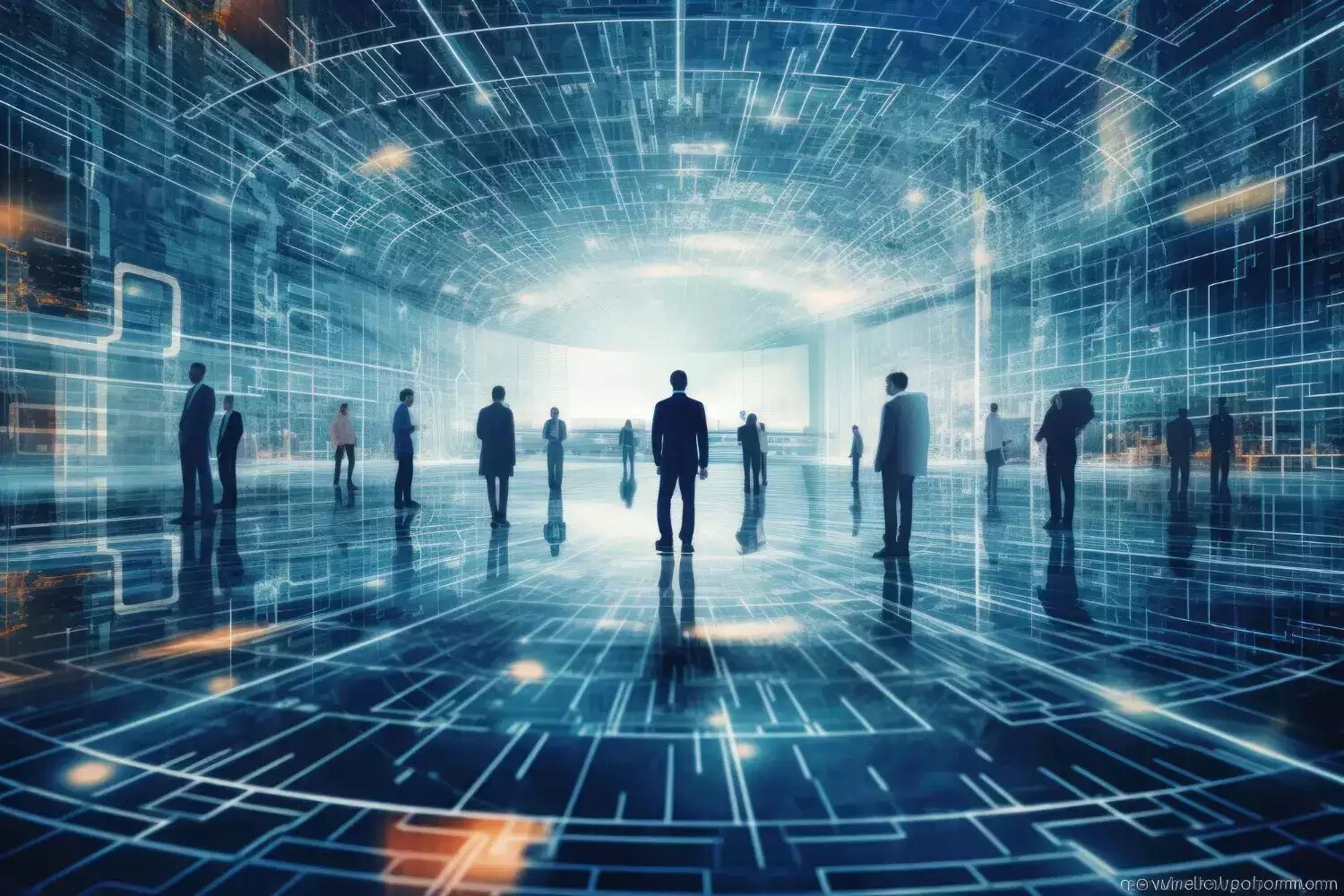
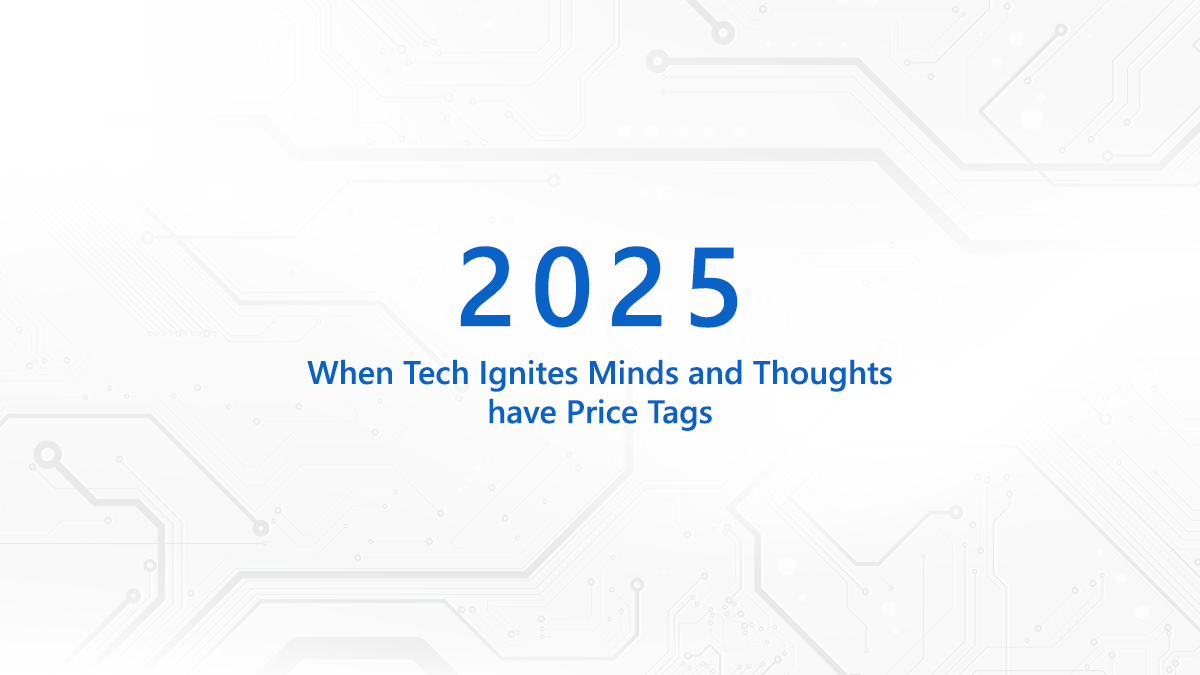






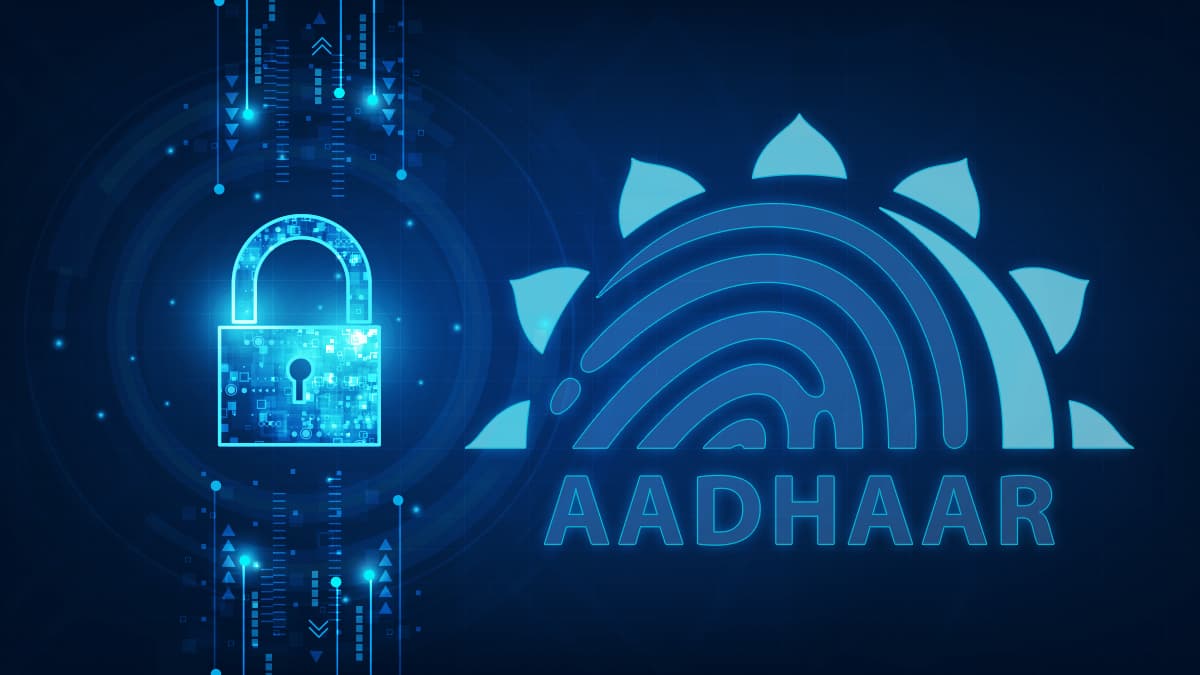
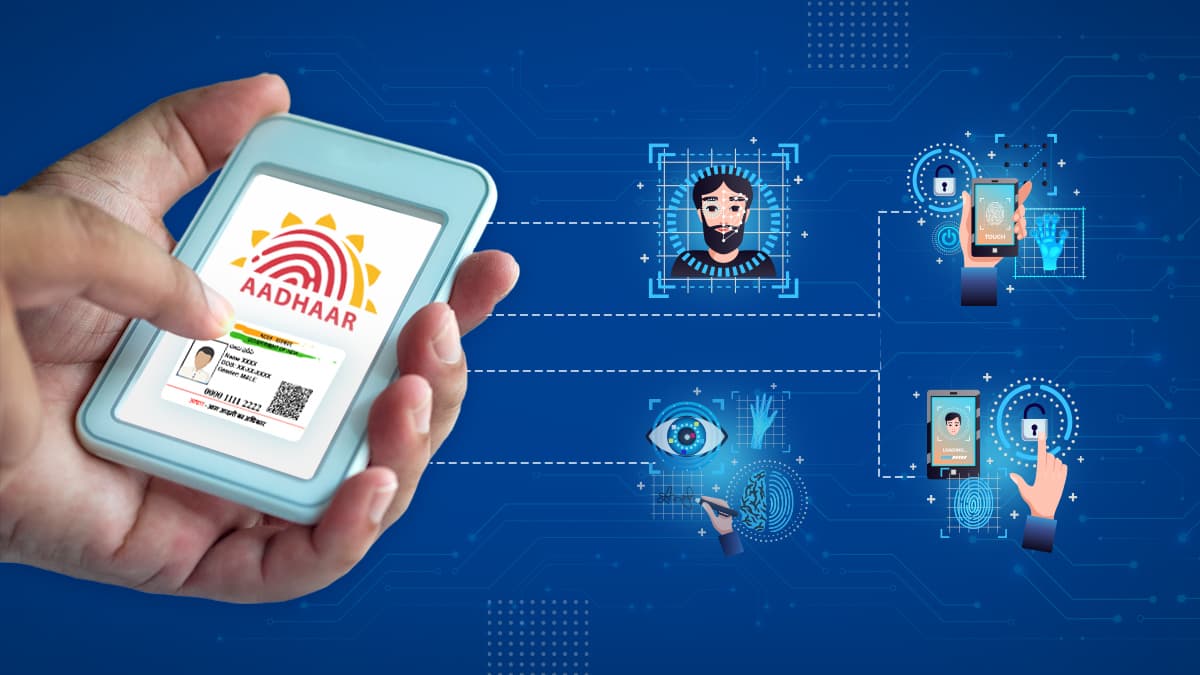
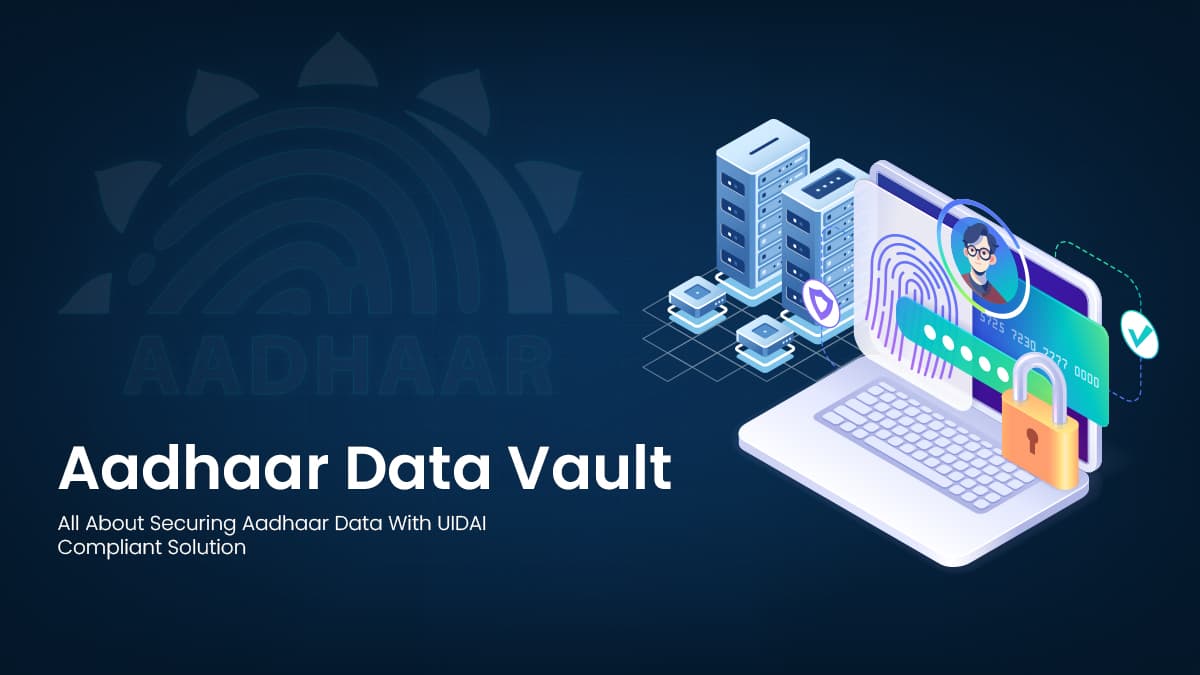

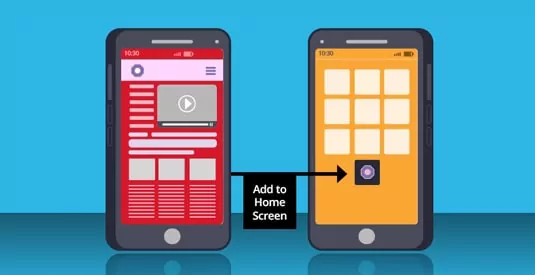

We will verify and publish your comment soon.